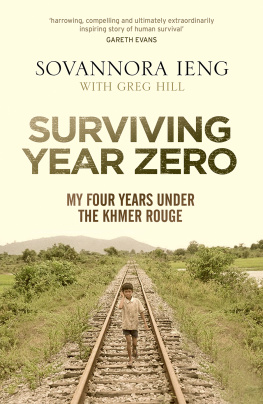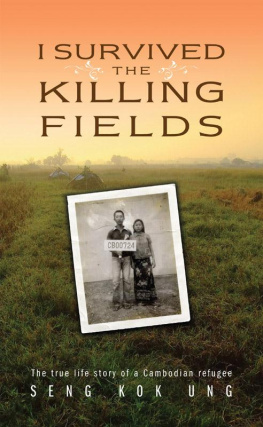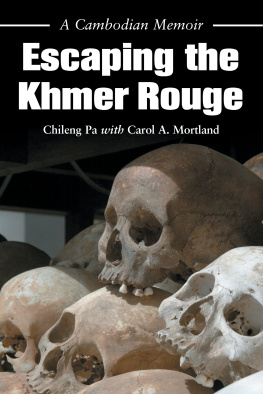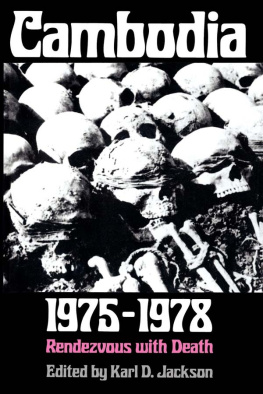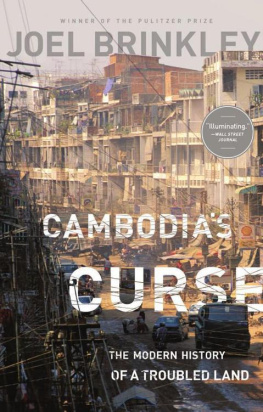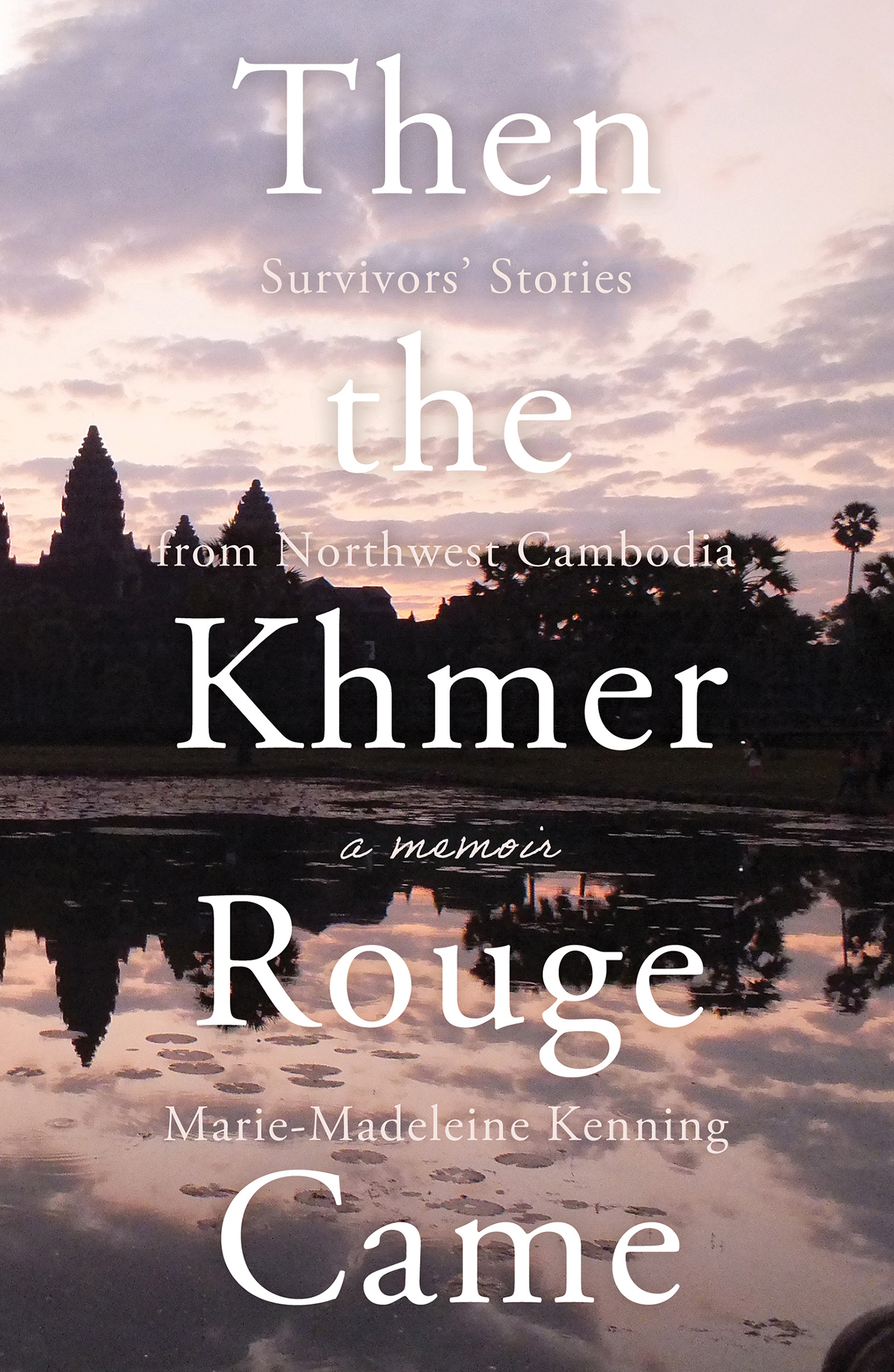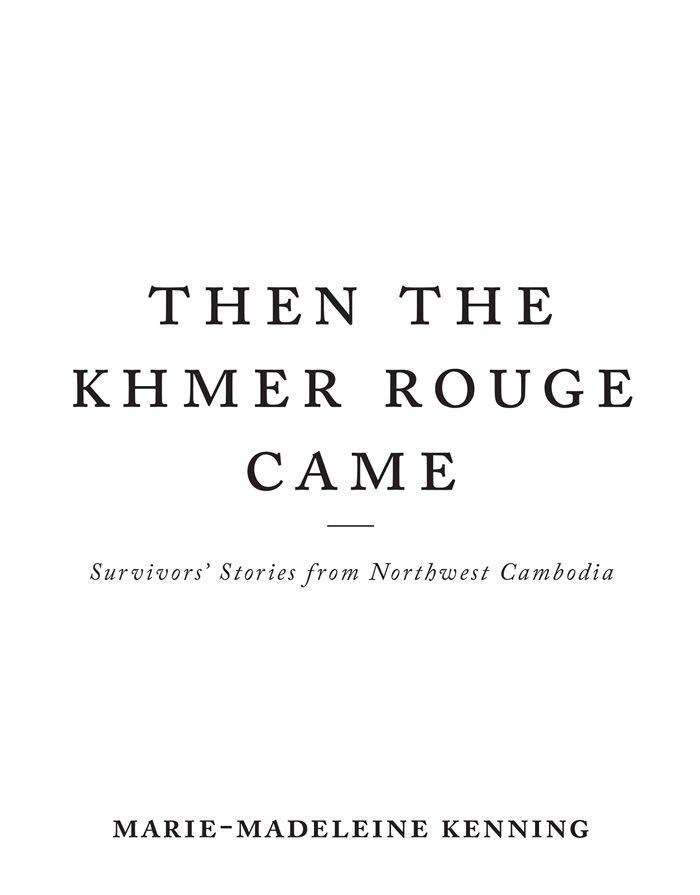Copyright 2020 Marie-Madeleine Kenning
The moral right of the author has been asserted.
Apart from any fair dealing for the purposes of research or private study, or criticism or review, as permitted under the Copyright, Designs and Patents Act 1988, this publication may only be reproduced, stored or transmitted, in any form or by any means, with the prior permission in writing of the publishers, or in the case of reprographic reproduction in accordance with the terms of licences issued by the Copyright Licensing Agency. Enquiries concerning reproduction outside those terms should be sent to the publishers.
Matador
9 Priory Business Park,
Wistow Road, Kibworth Beauchamp,
Leicestershire. LE8 0RX
Tel: 0116 279 2299
Email: books@troubador.co.uk
Web: www.troubador.co.uk/matador
Twitter: @matadorbooks
ISBN 9781838596057
British Library Cataloguing in Publication Data.
A catalogue record for this book is available from the British Library.
Matador is an imprint of Troubador Publishing Ltd
To
in order of appearance
Om Borei, Ming Lin, Om Ren, Om Ri, Om Pranya,
Yiey Koum, Om Rim, Ta Jok, Om Ny and Kroo Yat
Contents
----
Part One:
2007-2014
Everyone Has a Story
----
Battambang, January 2008
We were surprised by his response. We were explaining how we had felt sorry for the young tuk-tuk driver taking us round Siem Reap, who had told us how the Khmer Rouge had been responsible for his parents death and how irksome he found driving a tuk-tuk. He wanted to go and study at University but he had to support himself. Our host did not share our sentiments: tuk-tuk drivers made good money, he said, before adding: Everyone in Cambodia has a story.
Lets Go and Find Out
----
England, December 2007
Little did we know when we left Heathrow on our first trip to Cambodia, at the end of 2007, that this journey would become an annual event. As far as I was concerned, we were on a private fact finding mission, preceded by a few days of sightseeing. We were going to take a look at the communities that our parish had recently become twinned with: Battambang, Cambodias third largest city, and Chomnaom, a village some 60 kilometres away. No one in the parish had been there and information was hard to come by, as means of communication were rather limited in those days. We had been told that people were very poor and had suffered a lot. But what did very poor mean? There are poor people in England. Like doubting Thomas, I wanted to see for myself.
It would be a shame, if you have never been to Cambodia, to go to Battambang without visiting the temple complex of Angkor Wat, a UNESCO World Heritage Centre. So we flew to Siem Reap and duly purchased a three-day pass to this renowned archaeological site. The magnificence of the iconic temple of Angkor Wat, the sheer scale of the site, the wealth of sacred buildings of different periods which the pass gives you access to are truly mind blowing. Besides, spending a few days in Siem Reap before venturing further afield helps you to acclimatise and provides a gentle introduction to the kind of conditions encountered in places such as Chomnoam. We would visit Angkor Wat again, but this was not what would draw us back to Cambodia year after year.
By the time we set off for Battambang, 2007 had turned into 2008. It so happens that 2008 was also the year when we became grandparents, a development with a bearing on the writing of this book. Just as I knew very little about Cambodia, I had little idea of what being a grandmother was like. I had heard people say that it was wonderful. That you could enjoy the children and then hand them back to their parents at the end of the day. I had taken that to be more of a joke, but experience has taught me that, by the end of the day, you are indeed ready for someone else to take over. Which is, in a way, where my story begins.
Battambang
----
January 2008
The Battambang we are familiar with is not the laid-back town rich in colonial buildings of travel guides, but the area surrounding the offices and residence of the apostolic prefect, a priest fulfilling functions akin to those of a bishop in a missionary country. We make the odd excursion to town, a 20 minute stroll down the road or a 5 minute tuk-tuk ride for those who prefer being driven, but the compound and the district around it are where we spend most of our time. It is a poor neighbourhood, though Im sure there are worse. Most homes, in 2008, are still made of wood. Some are on stilts, with a sheltered area downstairs for preparing food and relaxing, while others consist of just one ground-floor room. The furniture is basic: a bed, a few boxes or cupboards, sometimes a few plastic chairs. The houses are packed close together: people live cheek by jowl here. In the rainy season the narrow dirt tracks between the houses become full of puddles that, at times, force you to cut through someones open area. People dont seem to mind. As we walk around, we are occasionally assailed by the smell of urine, probably from some nearby toilets. Not much more than holes in the ground, one suspects.
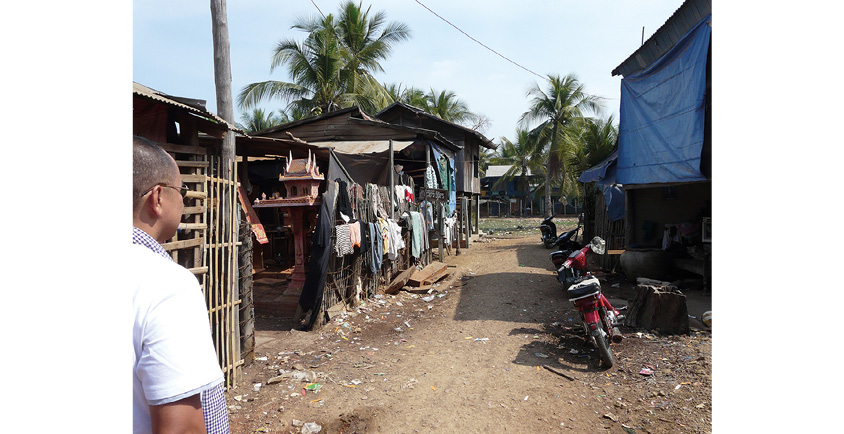
Most people travel to Battambang by coach, minibus, or taxi. As you reach the city, coming from Phnom Penh along National Highway 5, you pass a roundabout with the gigantic statue of a man kneeling on a round platform. You will almost certainly notice that he has a cup in his hands with a stick across it, in keeping with his name: Lokta Damborng Krornhung, Grandfather stick.
According to a local legend, Lokta Damborng, a poor cowherd, was looking after his herd when he picked up a stick with magical powers enabling him to control how the cattle moved. After a while, he became ambitious and used the stick to usurp the throne. Unfortunately for him, the magical stick lost its magical qualities when the legitimate king returned home a few years later. Forced to flee, the power-hungry cowherd threw away his stick, which floated down the river to where Battambang city is located. Hence the name Battambang, which is pronounced Batdamborng and means the lost stick.
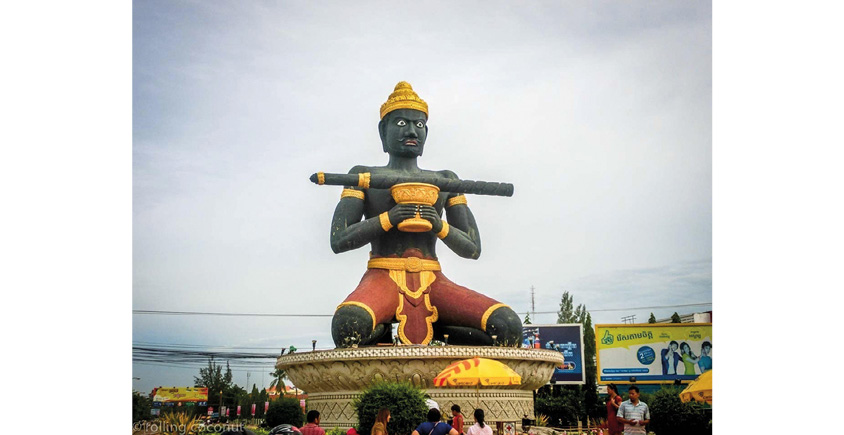
Our very first trip to Battambang was not along National Highway 5, but along the Sangkae river, which passes through Battambang on its way to the Tonle Sap, the huge freshwater lake near Siem Reap. Our first memory of the city, therefore, is not the iconic roundabout, but a steep embankment with a few people waiting at the top. No obvious sign that we had reached our destination, no jetty, no announcement. Just some steps.
We had decided to travel from Siem Reap to Battambang by boat rather than by road, lured by the appeal of a trip described by guidebooks as very picturesque and taking around four hours. Not including, of course, the usual minibus pickup tour of umpteen hotels on the way to the port at the crack of dawn. Picturesque it certainly was, although not quite the kind of picturesque we had anticipated. More the noisy and uncomfortable type of picturesque. As for the four-hour duration We had been warned it might last up to seven hours, but even that turned out to be an underestimate. To be fair to the guidebooks, we had got glimpses of life on the river. We had sailed along narrow waterways with branches that lashed against the sides, causing those sitting at the end of rows to duck to avoid being hit on the head. We had passed various kinds of fishing boats, fishing nets, floating villages, even a floating church. Still, to refer to the boat journey between Siem Reap and Battambang as a scenically stunning way to avoid the bumpy roads is, to my mind, a wee bit over the top. Memorable would be more appropriate.



